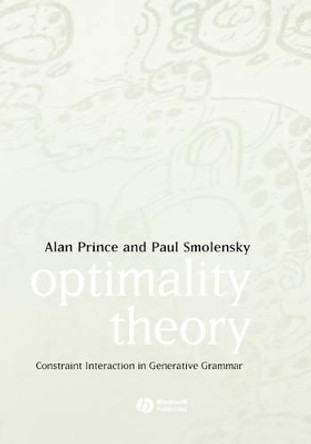Supported by data from linguistic fieldwork conducted in the Faroe Islands and Iceland, this book presents a pioneering approach to syntactic analysis, 'Optimal Linking Grammar' (OLG), which brings together two existing models, Linking Theory and Optimality Theory (OT). OT, which assumes spoken language to be based on the highest-ranking outcome from a number of competing underlying constraints, has been central mainly to phonology; however its application to syntax has also gained ground in recent years. OLG not only provides a robust account of case-marking phenomena in Faroese and Icelandic; it also explains a wide range of sentence types, including passives, ditransitives, object shift, and word order variation. The book demonstrates how OLG can resolve numerous issues in competing theories of formal syntax, and how it might be successfully applied to other languages in future research. It is essential reading for researchers and students in syntax, morphology, sociolinguistics, and European languages.
This book presents a pioneering new theory of grammar, which explains a wide variety of sentence types across languages.About the AuthorDaniel Galbraith completed his Ph.D. in Linguistics at Stanford University. His research interests are in syntax, morphology, case, and metrical phonology. For the last four years, he has worked on voice assistance and other linguistic projects in the technology industry, currently at Google.
Book InformationISBN 9781316516591
Author Daniel GalbraithFormat Hardback
Page Count 300
Imprint Cambridge University PressPublisher Cambridge University Press
Weight(grams) 600g
Dimensions(mm) 235mm * 158mm * 22mm







